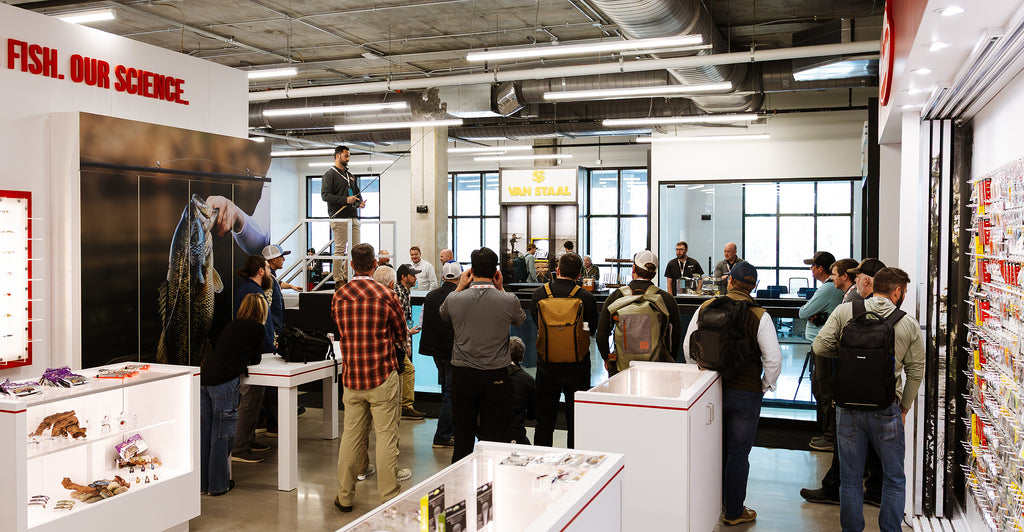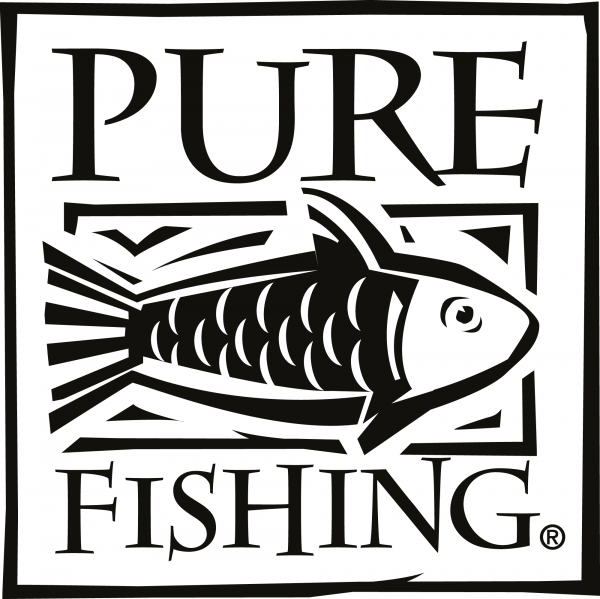
Featured Images
- https://cdn.shopify.com/s/files/1/0321/0913/3957/files/Hero_Mobile_GWP_Hat_5050_Var1_-_Edited.jpg?v=1750871678 | Fishing Apparel Built for the Elements – Comfort, Durability, Performance
- https://cdn.shopify.com/s/files/1/0321/0913/3957/files/50-Off-Fin-Nor-Tout-Var1.jpg?v=1754583659 | 50% Off Fin-Nor Sunglasses






